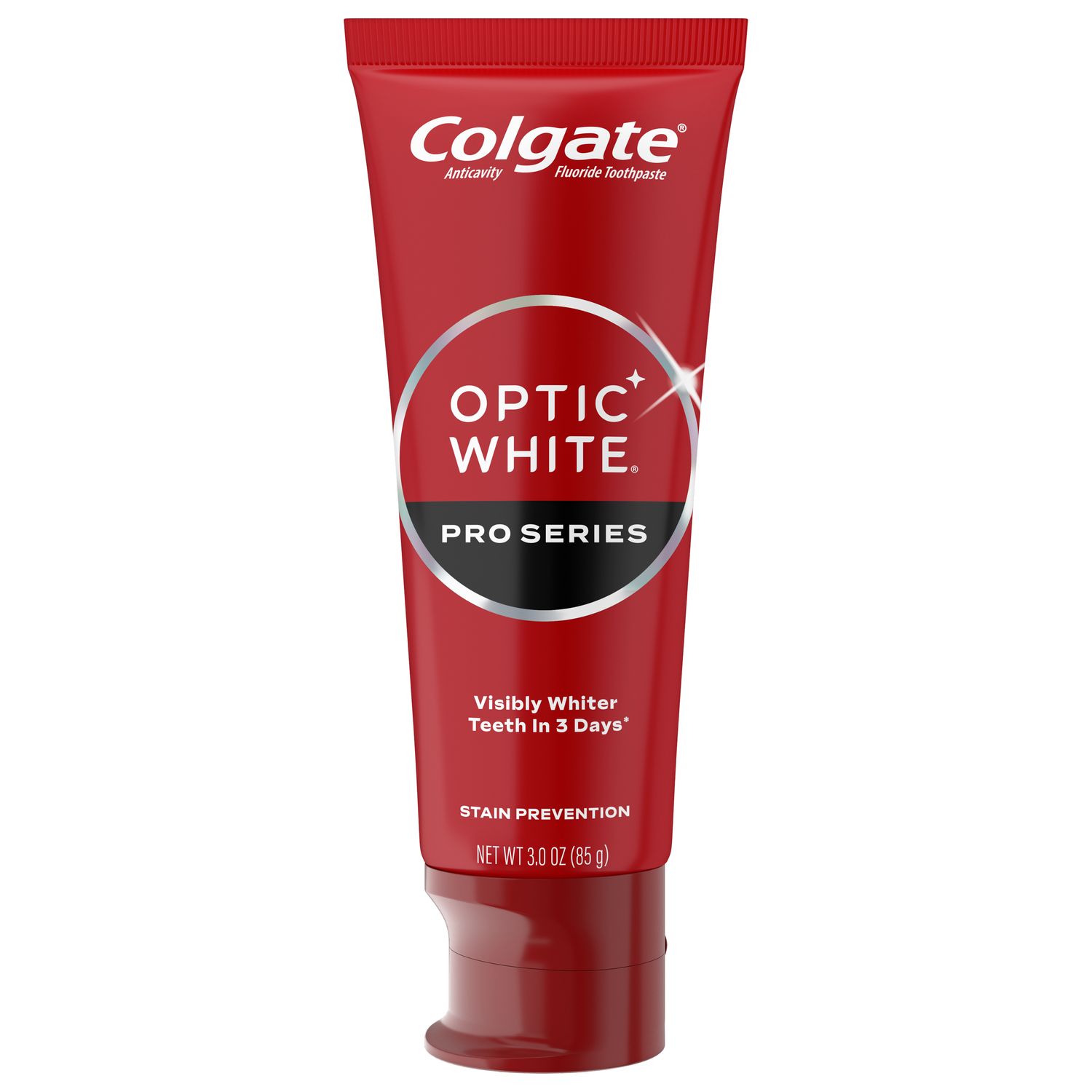-
Top Professional Products



-
Professional Articles
- Caries
- Dry Mouth
- Enamel Erosion
- Gum Issues
- Orthodontics
- Pediatric
- Sensitivity
- Whitening
- Social Responsibility
- Career Development
Try the new Colgate dental stuDENT app today

-
Gum Health Physical Tool
Assess your patients' gum health in your office using this tool and send them home with a personalized report.

-
Oral Health Commitment
- Oral Health Commitment
- Bright Smiles, Bright Futures
- Educational Resources
- Mobile Dental Van
- Volunteer
- Home
- Helpful Resources for Dentists
- Dentistry Career Development
- Update on light-activated whitening systems | Colgate® Professional

Patients often demand esthetic treatments for their smiles in order to improve their overall appearance. Tooth whitening is a conservative option to improve the shade of teeth and therefore the overall appearance of your patients' smiles. There are several methods to whiten teeth. These include using dentist-supervised take home systems, as well as in-office solutions using higher concentrations of hydrogen peroxide with or without light-activation (also referred to as power bleaching).
Using light-activated systems can reduce the total in-office treatment time. Light-activation 'heats' the active ingredient of the hydrogen peroxide, which speeds up the whitening process through heat activation. Light sources include lasers, LED light (blue light) and plasma arc lights. While a faster treatment may be preferred by many patients, there is no difference in the amount of whitening that can be achieved for this and other methods and the effect does not last for longer.
High concentrations of hydrogen peroxide is associated with tooth sensitivity. Blue (LED) light is a low-energy light that is used with high-concentration hydrogen peroxide. In some studies but not others, use of light-activation has been found to increase sensitivity. In a review, increased sensitivity was found with light-activated in-office whitening compared to in-office whitening without light-activation. In a review of laser-assisted whitening, the result in studies with respect to sensitivity were variable.
Overall, transient sensitivity is a recognized side-effect of tooth whitening procedures, and in the majority of cases resolves within a short period of time. The advantage of using a light-activated system is that the treatment in the dental office can be shortened. Recent efforts have focused on use of a high-energy LED light for shorter periods of time. Research has shown that use of a take-home product (Colgate Optic White Professional Take-Home Whitening), which uses a low-concentration hydrogen peroxide that forms a film and a high-energy LED light for 10 minutes once-daily, provides rapid whitening results and is designed for no sensitivity.
Related Articles

Practice Management
Managing Whitening ExpectationsUnrealistic expectations about teeth whitening could lead to disappointed patients. Here’s how to anticipate and manage your patient’s expectations for a positive outcome.

Practice Management
Whitening Conversation StartersSome patients come in asking about whitening, others do not. This article should focus on how to begin a whitening conversation. It should include tips on 'openers' for that conversation and also provide examples of several 'openers'. It should include tips on how to ask about any upcoming events that might be a reason to introduce and encourage toothwhitening. Also include tips on how to pivot a conversation to whitening when it is the patient who mentions that they have an upcoming event (but does not ask about whitening).

Practice Management
Professional Whitening: Partnering with fellow Dental Team MembersThis article should discuss how RDH can best partner with other members of the dental team. It should provide tips on how to do so, and including to discussing how each member contributes to patients wanting and receiving whitening treatments, how to all 'sing from the same sheet' on information and discussions about whitening with patients. The roles of each individual should be also be discussed.
Related Products

Help Keep Patients More Informed
Share articles, videos and PDFs to help your patients learn more about specific conditions and effective treatments for a healthier smile.





